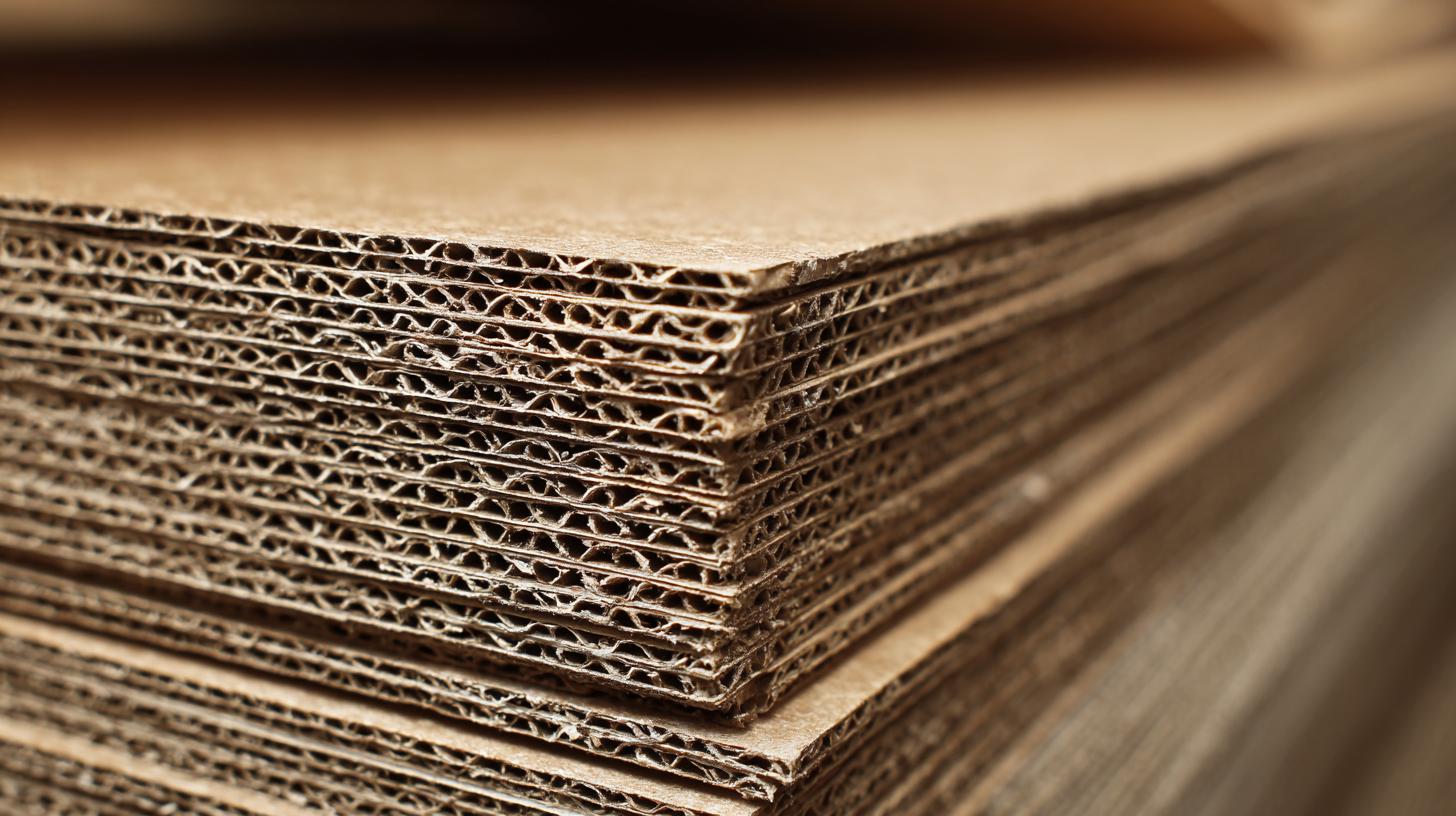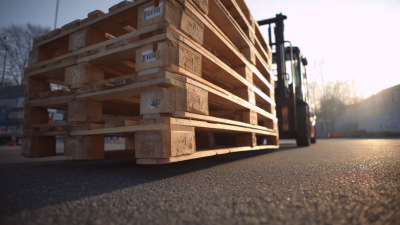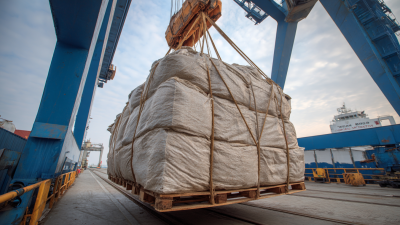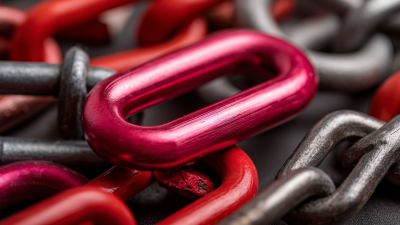
In recent years, the increasing emphasis on sustainability has paved the way for innovative crafting solutions using everyday materials. One standout resource is the humble cardboard sheet, which has emerged as a versatile and eco-friendly medium for creative projects. According to a 2022 report by the Environmental Protection Agency, over 30 million tons of cardboard are recycled annually in the United States, highlighting its value as both a packaging material and a craft supply. As crafters and DIY enthusiasts seek to minimize waste and promote sustainability, cardboard sheets offer a unique opportunity to explore imaginative designs while contributing to environmental efforts. This ultimate guide aims to showcase the myriad of creative uses for cardboard sheets in sustainable crafts, empowering individuals to transform discarded materials into stunning artistic expressions. Embracing cardboard not only fosters creativity but also aligns with the growing need for eco-consciousness in crafting communities.

The environmental impact of cardboard recycling is significant, especially in the realm of sustainable crafts. By repurposing cardboard sheets, we can not only divert waste from landfills but also minimize the need for new raw materials. This practice not only fosters creativity but also elevates environmental consciousness among crafters. Cardboard, especially greyboard, serves as an excellent versatile material for various projects, ranging from packaging to decorative crafts, demonstrating its potential for both functionality and artistic expression.
The growing interest in sustainable packaging further emphasizes the importance of cardboard recycling. With the global alcohol packaging market projected to reach substantial values in the coming years, utilizing recycled cardboard can provide economic benefits while promoting ecological responsibility. As companies strive to meet sustainability goals, the integration of eco-friendly materials like recycled cardboard becomes crucial. This trend not only aids in reducing the ecological footprint of packaging but also presents businesses an opportunity to align their operations with consumer values centered on sustainability and environmental stewardship.
| Craft Idea | Materials Needed | Environmental Impact | Estimated Time |
|---|---|---|---|
| Cardboard Furniture | Cardboard sheets, glue, utility knife | Reduces waste and promotes recycling | 3-5 hours |
| Cardboard Toys | Cardboard, paint, scissors | Encourages creativity and reduces plastic usage | 1-2 hours |
| Wall Art | Cardboard, paint, brushes | Utilizes waste while beautifying spaces | 2-3 hours |
| Gift Boxes | Cardboard, decorative paper, ribbon | Promotes eco-friendly gifting solutions | 30 minutes |
| Garden Planters | Cardboard, soil, plants | Encourages gardening and reducing landfill waste | 1 hour |
Transforming cardboard sheets into functional art requires a blend of creativity and innovative techniques that can breathe new life into seemingly mundane materials. One popular approach is repurposing cardboard into intricate wall art. By layering and cutting the sheets into shapes, artists can create three-dimensional designs that add texture and dimension to any space. Techniques such as laser cutting or using a craft knife allow for precision in forming detailed patterns, while paint or natural finishes can enhance the aesthetics, making the artwork both striking and sustainable.
Another innovative technique involves constructing practical items like storage solutions or furniture from cardboard. By strengthening the cardboard through folding and joining methods, such as origami or modular designs, crafters can create durable and functional pieces. Using structural elements like cardboard tubes or reinforced bases, items such as shelves, ottomans, or even children's play structures can be incredibly sturdy. Not only does this approach reduce waste, but it also encourages creative problem-solving in design, demonstrating how everyday materials can be transformed into beautiful and useful creations.
Cardboard, often seen as a disposable material, presents significant opportunities for sustainable crafts and waste reduction. Recent studies indicate that roughly 75% of cardboard is recyclable, yet a considerable amount still ends up in landfills. By creatively repurposing cardboard sheets, individuals can contribute to a meaningful decrease in waste. For instance, transforming boxes into trendy storage solutions or decorative pieces not only keeps this material out of the waste stream but also fosters creativity. Crafting with cardboard can reduce landfill contributions by an estimated 30%, highlighting the power of innovative reuse.

Furthermore, communities that engage in cardboard-based arts and crafts programs report about a 40% increase in recycling awareness among participants. This engagement showcases how creative initiatives, such as workshops and local art projects, can inspire collective efforts to reduce cardboard waste. By sharing skills and techniques for reusing cardboard, individuals not only minimize waste but also cultivate a culture of sustainability, emphasizing the importance of resourcefulness in everyday living. Each cardboard creation contributes to a larger movement towards environmental stewardship, making it clear that art and sustainability can go hand in hand.
Cardboard has emerged as a versatile material in sustainable crafts, showcasing innovative applications in eco-friendly projects across various sectors. According to a report by the Environmental Protection Agency, 67% of cardboard is recycled, which demonstrates its potential as a sustainable material. This statistic highlights how cardboard not only serves its purpose in packaging but can also be transformed into artistic and functional projects. For example, the Art of Recycling initiative has successfully used cardboard to create community art installations, which not only aesthetically beautify urban spaces but also promote recycling awareness.
Case studies illustrate the creative potential of cardboard. One notable project is the "Cardboard Challenge", where children and communities collaborated to build imaginative creations from reclaimed cardboard. Research from Stanford University indicates that engaging in such projects enhances children’s creativity and problem-solving skills, with 85% of participants reporting increased interest in sustainability. This initiative exemplifies how cardboard can transcend its conventional usage, becoming a tool for education and environmental stewardship. In addition, businesses like Cardboard Box Shop have started providing workshops to teach DIY crafts, further fostering a culture of sustainability through creativity. These examples showcase the limitless possibilities of cardboard as a resource in sustainable crafting.

When embarking on sustainable cardboard crafting, having the right tools and materials is essential to fuel creativity and efficiency. Basic supplies include sturdy scissors, a reliable craft knife, durable glue (such as a cordless glue gun for precision), and a cutting mat. Additionally, incorporating embellishments like recycled paper, fabric scraps, and biodegradable paints enhances the aesthetic appeal of your projects. According to recent trends, crafting from waste materials has become increasingly popular, as illustrated by 55 innovative ideas for repurposing items such as cardboard into stunning home decor.
Tips: When selecting cardboard, try to use double-walled boxes for sturdier projects like furniture or organization bins. Moreover, consider integrating techniques such as upcycling old newspapers and magazines to create layered textures in your designs, which not only adds visual interest but also keeps waste out of landfills. As sustainable crafting continues to gain traction, understanding the essentials of your toolkit can help refine your skills and elevate your creations into marketable products.












